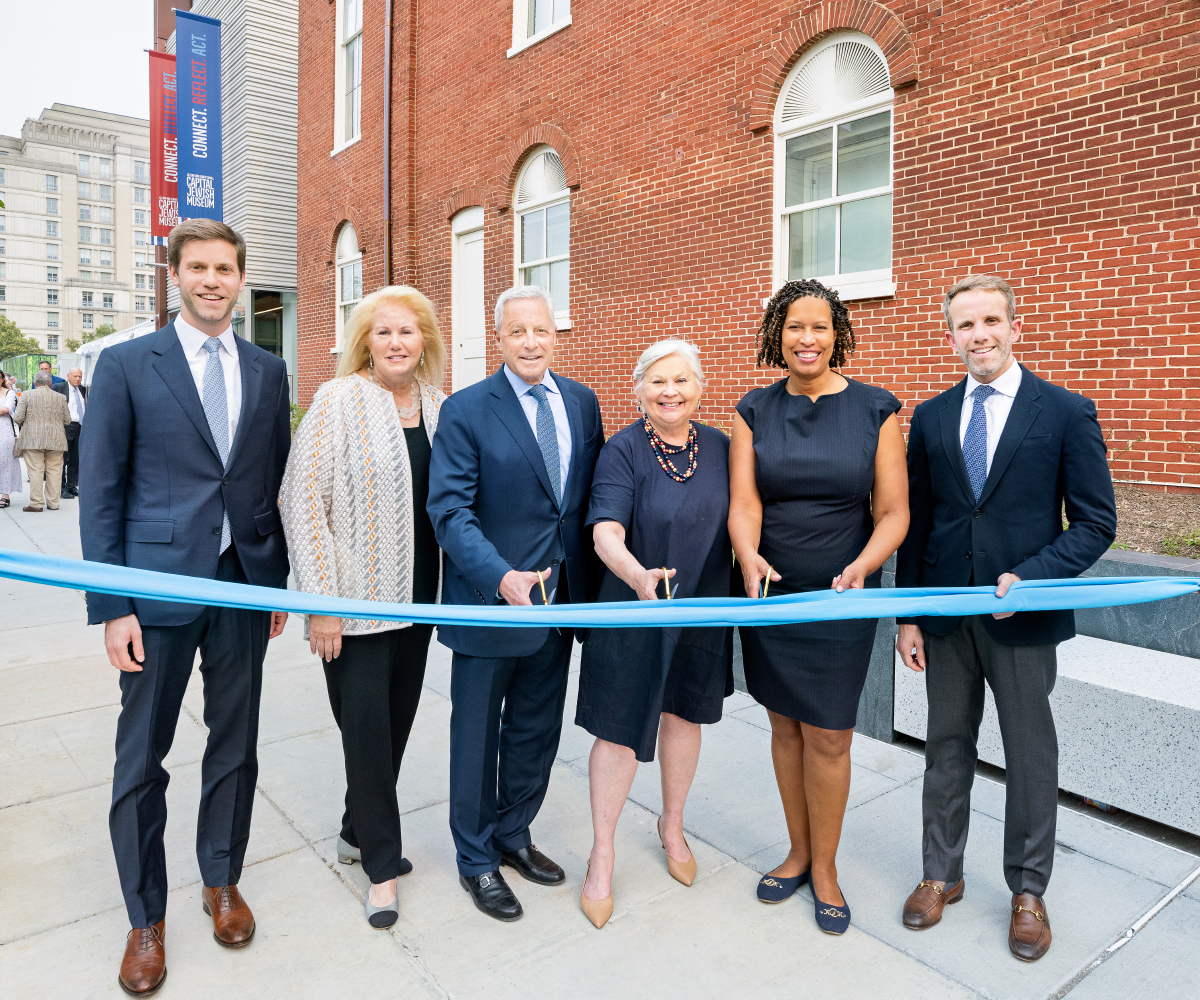The Whole Spiel
Openings
by Sarah Leavitt, Curator
July 20, 2023
What does it mean to open a museum? I mean that in the existential way—of course I now have some idea of what it means in a practical way (lots of spreadsheets and realizing you only own uncomfortable work-appropriate shoes).
I visited a museum recently that has been around for a century, but recently the curators and archaeologists found some new information (this is a fort from the French & Indian War, so it’s not exactly comparable, but bear with me) and they had to re-do the entire set up of the museum, even down to re-installing the pickets. The fort, it turned out, was a circle instead of a star. The people at the fort, it turned out, were not all white men. Museums change over time, as they should, and as they must, to stay relevant to new generations of visitors and to reflect new scholarship. So, what does it mean to open a museum, knowing that our opening volley will necessarily change over time?
It’s overwhelming, is what it is. We will get some things wrong (I don’t mean only typos, and there are plenty of those). I mean, how we interpret the past and how we tell our stories changes with time, and it changes according to who is doing the telling.
To get some opening inspo, I looked at some of our photos in the Museum collection that celebrate openings of various kinds. We have a collection of opening day photos from Jewish-owned businesses such as Giant and Drug Fairs. We also have a lot of cornerstone-laying ceremony photos.
What do we see in this one from 1925? There’s a pulley system to put the cornerstone in place, so we see engineering. Who is the man behind the plant with his hand on the pulley chain? There are dignitaries in suits and ties, all men, though we know from other photos of that day that there certainly were both women and children at the event. President Calvin Coolidge was there, too, and a band, though they do not appear here. Who is looking into the camera? Some of them are likely identifiable (maybe even by our visitors, who have already begun pointing out their friends and relatives whose names did not show up in our database, yet). There’s decorations—is that a horn of plenty? This is a story of a celebration organized over time, and this is only one moment of the big day. But we can see on these faces some smiles breaking out, and we know this was a special occasion. One way we know that is that somebody wrote the date, the address, and the name of the event carefully on this photograph to protect this information for posterity.
What will folks see when they look at our opening event photos? Who will future historians see behind the plants? (Actually, we didn’t have plants but we did have giant orchids.)
Openings are exciting but also only beginnings. What happens after the dignitaries leave and the horn of plenty is put away for next time—that’s the stuff. That’s what makes this so exciting. What will we have to change? What circles will we have to change into stars, and the other way around? Come see us, everyone, and help us celebrate not only the opening, but also the ongoing learning we will all do together.


Cornerstone laying, Jewish Community Center, 16th and Q Streets NW in 1925. Capital Jewish Museum Collection, Jewish Community Center Collection.